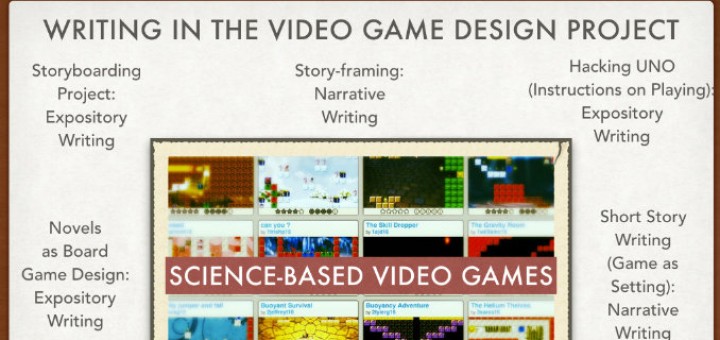Writing: How We Can Achieve a State of Flow
Writing flow, says author and principal Matt Renwick, is achieved through the habits one builds by regularly participating in the experience. He offers suggestions on how teacher and student writers can establish writing rhythms and find flow in their craft.


















